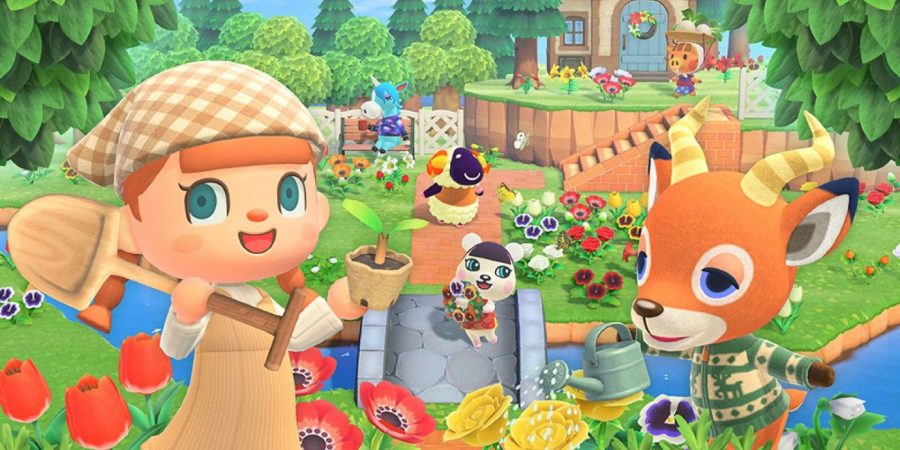Animal Crossing: New Horizons in Quarantine Life
When all else fails, we turn to a capitalistic raccoon
If there’s one thing that all this uncertainty has taken from most people’s lives, it’s structure. Mass quarantine has thrust people inside their homes for what feels like forever. Without consistent social interaction and the comforting structure that normal life provides us, many were left feeling aimless, bored, and disillusioned.
And in the midst of all of this, Nintendo released their new game: Animal Crossing: New Horizons.
Now, this is the newest game of the Animal Crossing series. The last main series one, Animal Crossing: New Leaf, was released eight years ago, so fans have been waiting quite a while for this new installment. And yet, while Animal Crossing has always been a relatively popular series, it has never been totally mainstream.
Well, it hadn’t been, at least. Here’s a graph comparing the sales of New Horizons to the other main series Animal Crossing games:

Clearly, this new installment has done phenomenally, achieving unprecedented success. But why? Well, as someone who has already played over three hundred hours of this game since its release on March 20, 2020, let me explain.
Animal Crossing: New Horizons is a charming game that plays in real time in which you complete menial tasks, pay off large debts, and decorate and enjoy life on your own private island getaway. Extremely charming, right? There is no story, except for a very loose tutorial period to get you familiar with the environment and mechanics of the game as you begin to develop your island. You can collect bugs, fish, fossils, and works of art as you work to complete your island’s museum. You collect rare and expensive pieces of furniture and clothing as you try to decorate your island to your liking. You talk to your villagers, cute animals all with their own personalities, as you enjoy island life. There are plenty of features the game offers, such as flower breeding, a crafting system, ranking systems, and even a stock market you can risk investing in.
But debt and chores? With little plot? How does such a simple game achieve such massive success? Quite simply, the real-time system and freedom the player has gives the game incredible charm and value. It really allows you to make your island your own by decorating it and placing buildings as you see fit—and in the postgame, you can even create and destroy cliffs and bodies of water around your island. There is no shortage of customizable options in this game, starting with naming your character and your island.
The crux of the charm is the real-time system. The game is connected to your Nintendo Switch’s clock and goes through a day and night cycle in real time, with weather that is accurate to your hemisphere. It is a game that is meant to be played a little every day, with your progress slowly mounting. Seeing how far you’ve come, and knowing all the time and effort that went into it, really adds to the sentimental value of the experience. There isn’t necessarily a set amount you can do each day, but there are certain things that can only be done once a day, or perhaps specific things you can do as many times as you want but only on specific days, most of which are either random or special events.
The game has a very relaxing vibe to it, and gives the player an excellent balance of control and structure. In these times, it is no shock that the game has done so well. I highly recommend it to anyone who owns a Nintendo Switch.
